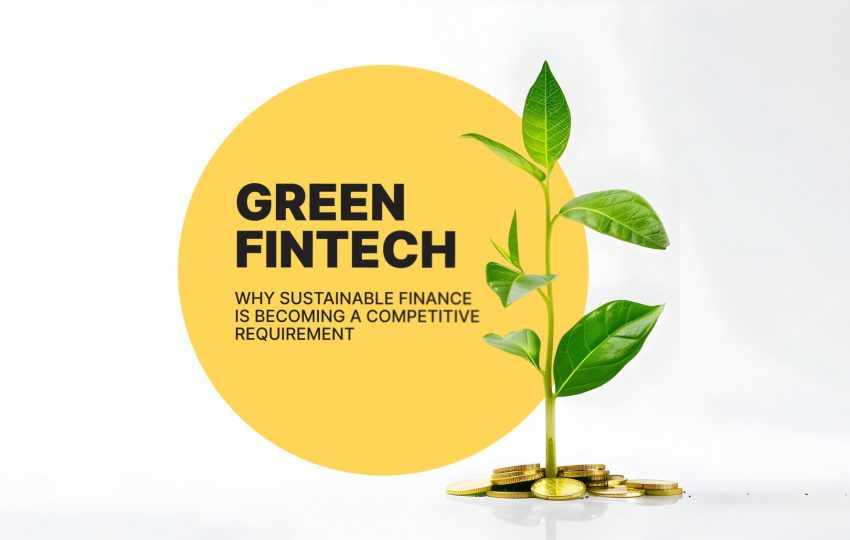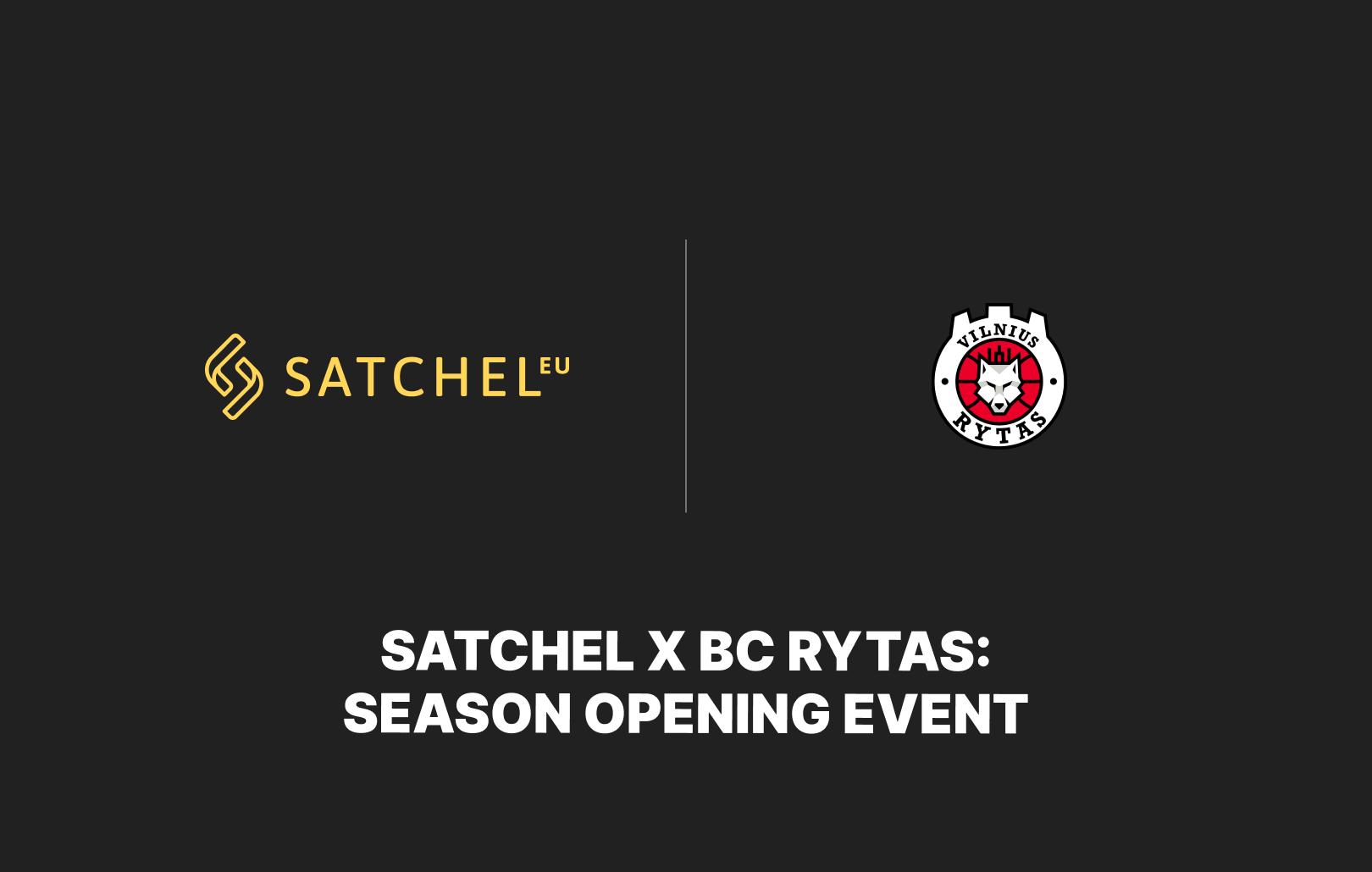Green fintech: Why sustainable finance is becoming a competitive requirement

Over the last few decades, sustainability has moved from the sidelines to the center of business strategy. Green fintech – the integration of environmental principles into financial products and services – is particularly on the rise. It’s reshaping how companies manage capital, evaluate risk, and, most importantly, build trust. According to Global Market Estimates, the market is anticipated to grow at a CAGR of 22.4% between 2024 and 2029.
Global attention turns toward environmental accountability, putting financial institutions and digital businesses under growing pressure to prove that profit and purpose can coexist. Investors are demanding transparency, clients are choosing partners based on shared values, and regulators are tightening sustainability disclosure rules. The result is a new financial reality, where responsibility and competitiveness are increasingly intertwined.
Below, we take a closer look at how green fintech is driving this transformation, from sustainable finance choices and digital efficiency to partner alignment and competitive advantage, and why integrating sustainability into finance is now essential for long-term success.
The rising imperative: From nice-to-have to business core
Across all industries, the environmental, social, and governance (ESG) framework has evolved into a benchmark for evaluating corporate performance. Investors, regulators, and customers are demanding transparency—not only in financial outcomes but in how those outcomes are achieved.
For tech and gaming companies, the environmental dimension is a particular pain point. High data storage demands and energy-intensive processes make it critical to measure, reduce, and report emissions effectively. Research published on ResearchGate and ScienceDirect highlights that fintech technologies, from digital payments to blockchain, can accelerate progress toward sustainability by improving access to real-time environmental data and enabling automated carbon accounting. Juniper Research’s Green Fintech 365 further positions sustainability as not just a corporate social responsibility (CSR) initiative but a defining element of product innovation, customer trust, and regulatory compliance. In other words, ESG has evolved from a peripheral to a core business metric.
Sustainable finance as a signal of integrity
Sustainable finance has emerged as one of the clearest indicators of corporate responsibility. When companies choose financial providers that prioritize sustainability, such as renewable-powered operations and green loan portfolios, they signal to clients and partners that they take environmental accountability seriously.
Warner Scott Associates notes that banks and fintechs adopting sustainable models are also seeing tangible business benefits: they can mitigate risk, strengthen resilience against regulatory change, and attract top-tier talent. These institutions are also earning reputational capital, as both consumers and B2B clients increasingly prefer to transact with organizations that share their values.
By choosing a sustainable financial partner, a company can optimize its balance sheet while also building credibility in an economy where reputation is currency.
Mechanisms of green fintech: How sustainability becomes operational
Carbon intelligence and automated reporting
One of the most transformative contributions of fintech to sustainability is its ability to make emissions visible, measurable, and actionable. Advanced analytics and machine learning tools now allow organizations to track the carbon cost of each financial transaction or operational process in real time. Instead of relying on static annual audits, companies can now monitor their environmental impact through dynamic dashboards and predictive modeling. This creates an environment where sustainability decisions are driven by data rather than assumptions. Academic studies on carbon-credit engineering and predictive finance models suggest that this integration of intelligence into daily financial operations can significantly improve accuracy and accountability in corporate sustainability strategies.
Sustainability-linked financial instruments
Beyond data visibility, fintech is also transforming the very structure of financial products. Sustainability-linked loans and bonds tie the cost of capital directly to environmental performance. For example, companies that meet or exceed their emissions-reduction targets can benefit from reduced interest rates or performance-based incentives.
This model turns sustainability into a financial motivator rather than a compliance burden. As a result, businesses are finding that the more they invest in sustainability improvements, the stronger their financial position becomes. This way, green fintech is bridging the gap between ethical action and economic performance.
Embedded green features in everyday operations
The influence of green fintech extends into daily business operations. Modern digital banking platforms are integrating sustainability features such as carbon-tracking dashboards, vendor emissions insights, and eco-budgeting tools that help companies and individuals understand the environmental impact of their spending patterns.
Some fintechs are also introducing incentive systems that reward sustainable decisions, such as offering better transaction terms when clients work with low-carbon suppliers. According to Softjourn’s Navigating the Emerging World of Green Fintech, these embedded features are redefining user engagement, transforming financial behavior into a means to collective environmental progress.
Digital efficiency and footprint rationalization
It’s easy to assume that digital equals sustainable, but that’s only partially true. While fintech reduces paper use, travel, and manual processes, it also relies on data centers that consume large amounts of energy. The International Energy Agency estimates that data infrastructure, including data centers, cryptocurrencies, and AI, accounts for >2% of global carbon emissions, placing it on par with the aviation industry.
Sustainable fintech leaders are tackling this challenge by investing in renewable-powered hosting, optimizing code for efficiency, and deploying carbon accounting tools that make digital emissions traceable. The goal isn’t merely to offset carbon but to fundamentally reduce it through smarter, more efficient design.
Why Satchel is a standout green fintech partner
Satchel demonstrates that environmental responsibility and financial innovation can coexist in synergy and even reinforce one another. We have made sustainability an integral part of our operations, partnerships, and product strategy, translating principles and values into tangible impact.
Through our collaboration with Mes Darom, Satchel supports grassroots environmental campaigns that empower individuals and businesses to act. As part of the initiative, we have created custom cleanup kits, encouraging community participation in preserving local ecosystems through an engaging challenge with rewards and prizes. It reflects our belief that small actions, when multiplied, can generate meaningful change.
Satchel also addresses one of the fintech industry’s most persistent environmental challenges—plastic waste—through our partnership with Plastics for Change. This collaboration helps reduce the environmental footprint of card production by supporting programs that transform discarded plastic into economic opportunities for marginalized communities.
These initiatives reflect a company-wide ethos: environmental integrity is not a marketing tactic but a way of doing business. By choosing Satchel as a financial partner, businesses can demonstrate their commitment to working within an ecosystem that values sustainability as much as performance.
A practical blueprint
For technology companies, integrating sustainable finance begins with a thorough assessment of environmental impact. Conducting a baseline audit of emissions, including digital operations and supply chain, provides a foundation for measurable improvement.
Once the data is in place, businesses can set clear goals aligned with global and industry-specific sustainability frameworks. The next step is partner selection: working with fintech providers like Satchel that uphold transparent ESG standards ensures consistency across all financial operations.
Internally, companies should foster a culture of accountability. This means educating employees on sustainability goals, rewarding green initiatives, and embedding environmental awareness into decision-making. Finally, transparent communication is key: publishing data, progress, and challenges builds credibility and stakeholder trust.
The right direction
Sustainable finance is no longer optional. It’s a marker of innovation, credibility, and future readiness. For digital-first companies, the integration of green fintech practices is as much about competitive positioning as it is about ethics.
Satchel stands as a testament to what responsible fintech can achieve, combining advanced digital infrastructure with authentic environmental commitment. By partnering with institutions that share your sustainability goals, you can future-proof your business, strengthen stakeholder confidence, and contribute to a financial ecosystem that supports both profit and planet.






